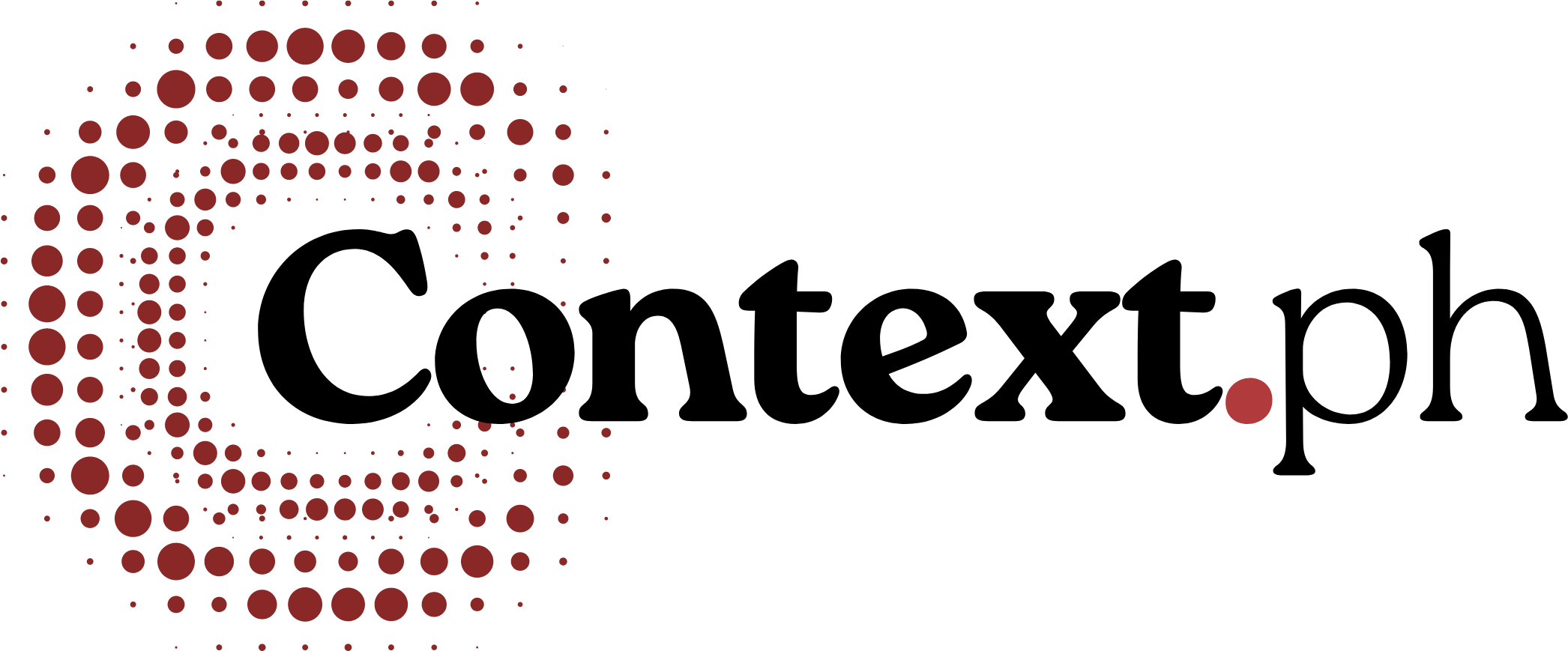The Energy Regulatory Commission (ERC) has issued new policies aimed at modernizing the country’s power sector and promoting more stable and affordable electricity.
First, the ERC approved updated rules for the rollout of advanced metering infrastructure (AMI) or smart electricity meters. The new guidelines simplify the approval process for distribution utilities (DUs) and integrate updated technical standards, cybersecurity measures, and consumer data privacy protections.
The AMI system enables two-way communication between consumers and utilities, allowing real-time monitoring of electricity use, automated billing, outage detection, and remote service management. The new rules also require interoperability and standardization, supporting the integration of renewable energy and energy storage into the grid.
For consumers, ERC said the new meters will mean more accurate bills, faster outage responses, and access to near real-time energy data to help manage consumption. For utilities, AMI promises greater efficiency, reduced system losses, and better service reliability.
“The new AMI Rules mark a milestone in the digital transformation of the country’s power distribution sector,” ERC Chairperson Francis Saturnino Juan said.
In a separate policy, the ERC also lowered the eligibility threshold for joining the Retail Competition and Open Access (RCOA) and Retail Aggregation Program (RAP) from 500 kilowatts (kW) to 100 kW average monthly peak demand, effective June 26, 2026.
This change will allow more medium-sized businesses and institutions to directly choose their electricity suppliers or join groups that negotiate power rates. ERC said the move will expand consumer choice and encourage competition that could lead to better prices and service.
To ensure a smooth transition, the ERC will implement the change gradually, giving distribution utilities and metering providers time to install the necessary equipment.
As of now, over 2,300 customers have switched under RCOA, and 37 retail aggregation groups representing about 31 megawatts of demand are already participating.
Juan said the lower threshold and updated rules are key steps toward building “a fair, competitive, and transparent electricity market” that benefits Filipino consumers.







